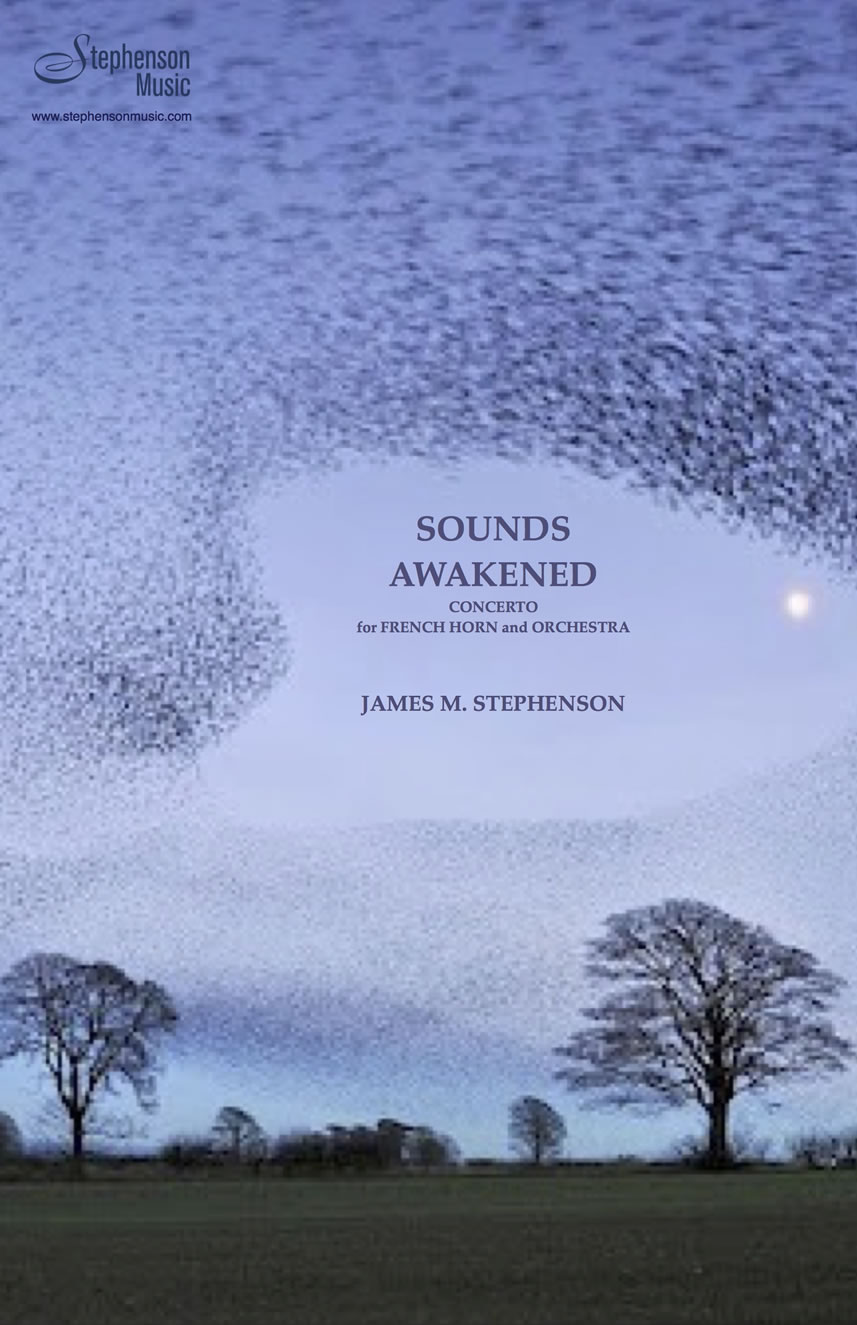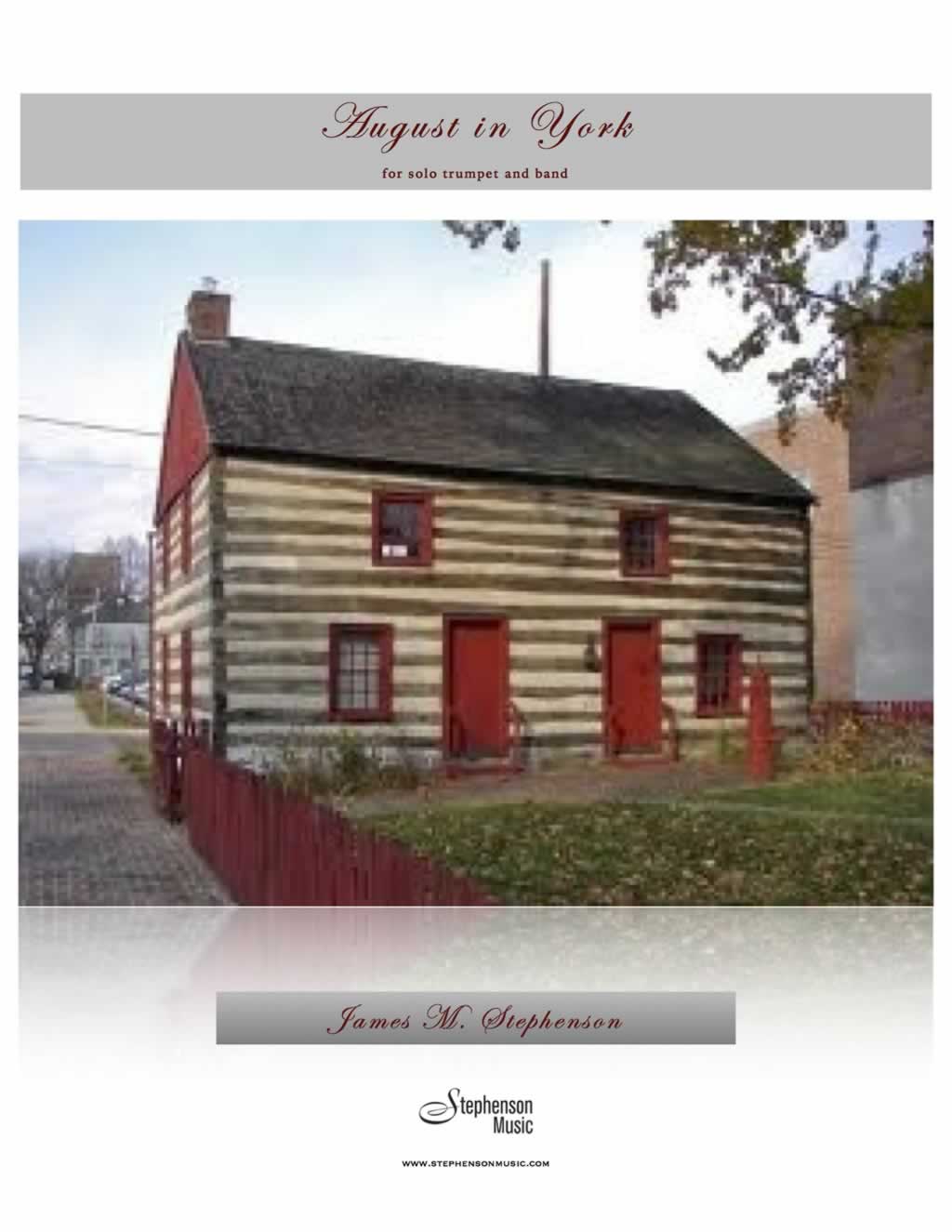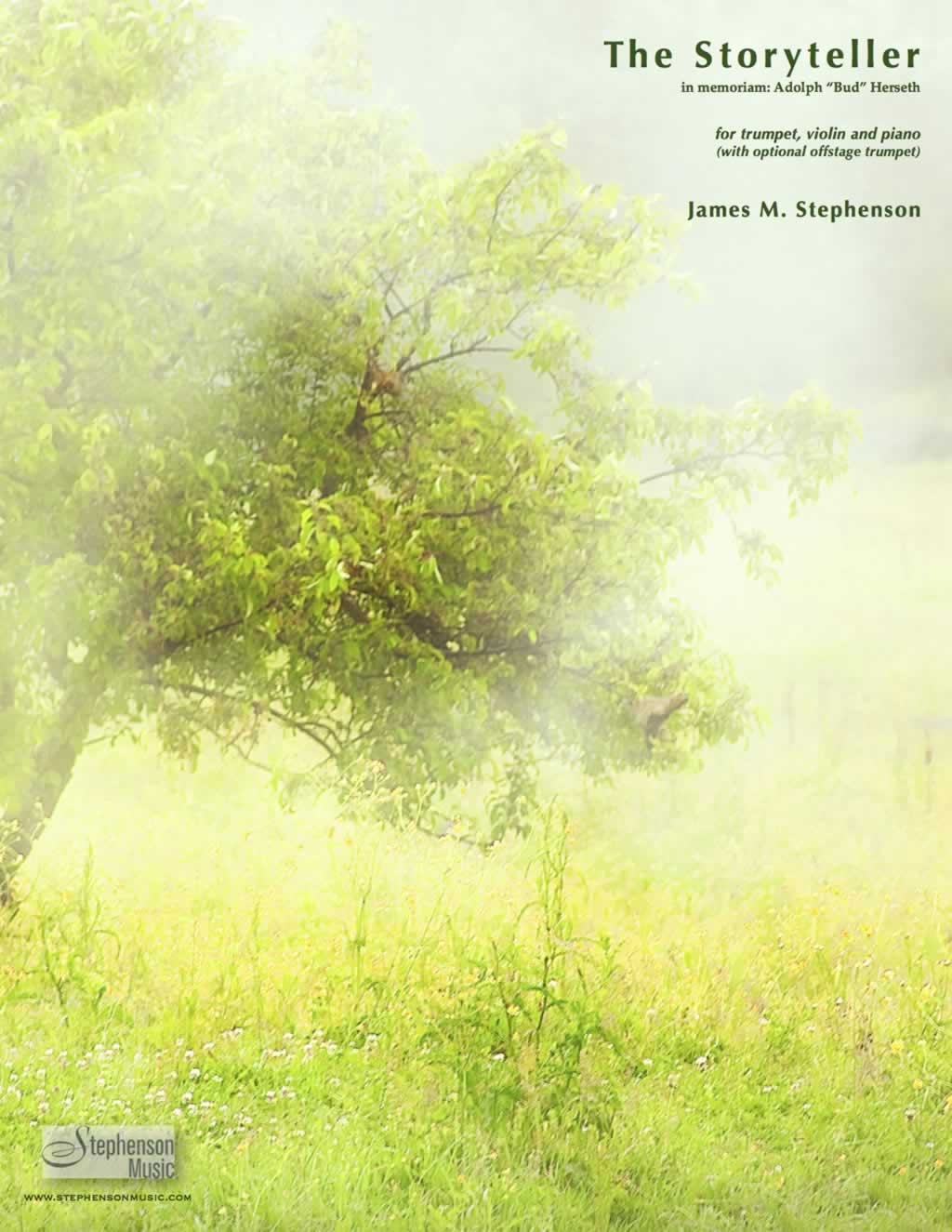there are no words
$60.00 – $300.00
14′
For chamber orchestra. (Purchase)
11*21 – 11 (+Euphonium) 0 – 1 perc. – piano – vln – vc – cb
View Chamber Score
For full orchestra. (Purchase)
2*3*32 – 422 (+euphonium) 1 – t+4 (opt. 6) – hp – pf – strings
View Orchestral Score
VIDEO — Orchestral performance; Quincy Symphony, conducted by Bruce Briney
For concert band. (Purchase)
View Band Score
[waveplayer ids=”10824″]
Description
Premiere information:
Dedicated to the victims of the June 17, 2015 Charleston, SC mass shooting that took place at Emanuel African Methodist Episcopal Church. Recorded live at the August 7 Unity Concert, to benefit the families of the Mother Emanuel AME Church victims. The concert was produced by Chamber Music Charleston and the work was performed by a gathering of musicians from Charleston, SC; Myrtle Beach, SC; Georgia, Alabama, Pennsylvania and Chicago under the baton of Nathan Tucker.
for mixed chamber ensemble
James M. StephensonDedicated to the victims of the June 17, 2015 Charleston, SC mass shooting that took place at Emanuel African Methodist Episcopal Churchduration: ca. 14 minures1) I tried to represent (my understanding of/feelings about) stages of grief/shock that must accompany this type of event.
The terrible action itself – the opening nine chords
Shock and confusion and trying to come to grips with the reality that just happened (A-E)
Terrible sadness (E-M)
Anger and a bit of pacing/not knowing what to do next (M-W)
The beginnings of forgiveness; with one last anger-moment (W-Z)
Forgiveness (Z – end)
2) How the music was constructed:
To note: Anything having to do with “nine” is prevalent.
There are nine opening chords, using nine notes, which get removed one-by-one.
The first few should be absolutely painful. Gradually it gets a bit more subdued.
These all each should be long, intense, with no restraint.
Here are the nine notes – I hated “reducing” people down to a note each, but I needed a starting point, and this proved inspirational: C, C#, B, E, G#, D, A, G, F#
Completely unintended coincidence: I was looking for some sort of resolution to this terrible thing,
and it so happens that the three notes that aren’t represented above are Bb, Eb and F.
These three notes provide for my resolution to F major at the end. And I always knew I would
resolve to F major, so that I could use “Amazing Grace” – but it was completely BY ACCIDENT
that these notes happened the way they did!
The cello lingers on F# because one victim (Rev. Daniel Simmons) died en route the hospital.
At B (shock/confusion section), the nine notes are spelled out as ascending perfect 5ths in piano, vibes and clarinets.
This pattern happens nine times.
After D – the clarinet line is our first hint at Amazing Grace, though in minor.
measure 30 – the nine notes again, as the spirits of the departed still longer amongst us.
letter E – our “sadness” melody.
letter F – the bass line comes from “How Great Thou Art”, which was played at one of the
victim’s funerals. (high instruments sketch the melody too)
H – my “Brahmsian” transition: the upward-reaching three note pattern is passed from instrument to instrument,
always landing on one of the nine notes. (augmented by chimes/piano)
M begins our angry and “what to do next” section. I wasn’t sure whether to write music like this,
(because it breaks the “Adagio for Strings” mold), but I decided it was necessary. The chords before N
are the nine-notes. And the bass line at N is the nine notes.
letter P – the outbursts, or screams of anger, happen nine times.
letter R, I decided to give the music a jazzy element, because Reverend Simmons loved jazz. Bass line is the 9 notes…
the descending piano lick at R happens 9 times (once given to woodwinds)
V – one last outburst of anger before forgiveness
Z – forgiveness begins.
After Z, I numbered the phrases, because each representation symbolizes one victim. Therfore it happens 9 times.
I didn’t want to shortchange anyone. Each person deserves full acknowledgment and thought, so it happens nine times.
One will see that I put the names in the score/parts, to go along with the melody, and at each person’s representation, the accent occurs on that person’s name. Also, I add a chime at the appropriate spot in the measure during each representation, so as to give that person more recognition. The repeated C is key – and needs to be heard.
This is the pulsing of the forgiveness, as it grows and grows. And – of course – C is the dominant of F, the resolution to where we are headed.
Number 9 (the 9th representation), should be absolutely huge. chimes ringing, etc…
AA – as mentioned earlier – symbolizes the other three notes: Bb, Eb and F – as we have now achieved a bit of resolution to this tragedy. Of course, those chords are repeated nine times. And the euphonium hangs on a bit longer, one last time…
Big F major resolution at the end, and the trumpet/euphonium give us the first strain of
Amazing Grace. This should burst through.Notes – sketched by the composer – about the music/process:
Additional information
| Duration | |
|---|---|
| Featured Instrument | Bass Clarinet, Bassoon, Cello, Clarinet, Contrabass, Euphonium, Flute, French Horn, Oboe, Percussion, Piano, Trumpet, Violin |
| Type of Purchase | |
| Type of Work | |
| Band Category | 4 |





